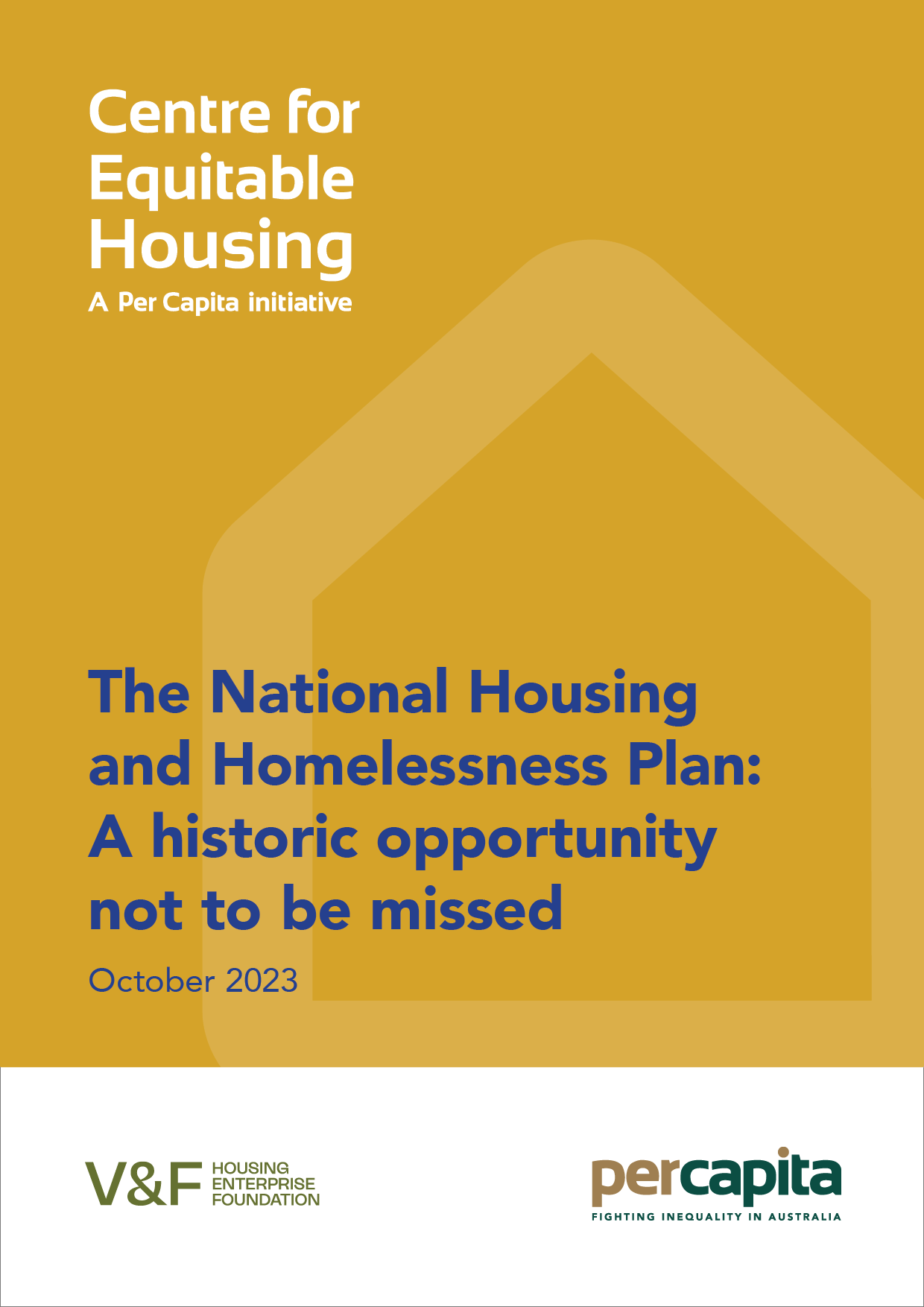The development of a new NHHP presents the Federal Government with an historic opportunity to reshape Australia’s broken housing system, to modernise it for the needs of contemporary Australia and to leave a lasting legacy for future generations.
The turbulence and significant underperformance of the housing market over the past few years has highlighted the need for systemic reform: to reverse the declining levels of home ownership, to insulate renters from the vicissitudes of unpredictable rent increases and insecure tenancies and to provide sufficient social housing for a growing and ageing population.
The decline in home ownership, particularly among Australians under the age of 40, rapidly rising asking rents and historically low rental vacancy rates, and the dire shortage of community and public housing for the thousands of families and individuals languishing on social housing waiting lists are distinct yet closely related crises. Each is causing significant distress for Australian households and contributing to growing societal and economic problems that threaten the social cohesion and aggregate wellbeing of the Australian community.
A genuinely new approach to national housing policy, which draws together disparate housing policy domains into a cohesive plan to house everyone in a secure, safe, affordable and comfortable home, could address significant economic and social challenges facing our nation.
A reformed housing system, that takes as its founding principle the provision of a secure, safe, affordable and comfortable home for all residents in our wealthy country, is fundamental to Australia’s future. It has the potential to reduce social ills such as crime, mental ill health, loneliness and isolation; to improve our economic growth and sustainability; to support our advance towards a post-carbon economy; to reduce inequalities of wealth and opportunity.
If formulated correctly, the NHHP could set out a national mission which has effects far beyond the provision of housing assets or even secure shelter.
Throughout much of the mid- and late-20th century, Federal Governments produced national housing plans that set ambitious targets and allocated significant resources to fixing systemic housing problems. The Federal Government was a significant non-market actor in the building of homes to rent and to buy. The result was a country with one of the highest rates of home ownership in the developed world, and relatively low economic inequality.
There is much to be learned from these past policy processes and the politics surrounding them. We can and must return to such an ambitious and demonstrably successful approach.
Research by the Centre for Equitable Housing at Per Capita shows that the social, economic and environmental arguments for governments to develop an ambitious and far reaching NHHP will soon be joined by a fourth key reason: as demographic and wealth trends shift, there will be an electoral toll on parties that fail to properly address the growing housing crisis.
Our research has shown that 78% of Labor voters and 80.5% of Liberal voters who are likely to change their vote at the next election rank housing affordability as highly important in determining their vote. Younger and poorer Australians understand that they should have a right to a secure, safe, affordable and comfortable home, but this is not reflected in current policymaking.
The purported aim of the NHHP, as set out in the Issues Paper, is ambitious – to create “a clear, long-term vision for the future of housing and homelessness policy in Australia”.[2]
This is a worthy ambition. However, there are flaws with the current consultation and policy development process for the NHHP that threaten to obstruct such an ambitious aim, and may set Australia up for another lost decade for strategic housing policymaking.

